
Proposed standards for a unified and global definition of the term ‘whole grains’ have been published in an attempt to ‘prioritise consumer clarity and public health’.
The Whole Grain Initiative – which aims to increase consumption of whole grains – said they are often recommended as a dietary staple, celebrated for their high fibre content and essential nutrients, but what qualifies as a whole grain is not always well-defined.
The lack of consensus among governments and regulatory bodies has led to a range of conflicting interpretations that are difficult to navigate, according to the Initiative. It claims that some products bearing the term ‘whole grain’ may not always align with consumer expectations as they may contain minimal whole grains, while others may provide high levels of whole grains but struggle with labelling regulations that vary by country.
To address this issue, the Initiative has published a framework of definitions to serve as a basis for standardising whole grain labelling. These proposed standards include:
- Whole grain as an ingredient: whole grains, whether intact or processed, should retain all essential components – bran, germ, and endosperm – in their natural proportions. This definition should be applied to all cereal grains and certain pseudocereals like quinoa and amaranth
- Wholegrain foods: to be labelled a wholegrain food, a product must contain at least 50% whole grain ingredients by dry weight. Foods with 25-50% whole grain content can make factual whole grain content claims but should not be labelled as whole-grain foods
- Consumer labelling: to ensure transparency, any front-of-pack whole grain claim should require a minimum of 25% whole grain ingredients by dry weight.
Supported by international scientific bodies, these proposed standards are designed to increase transparency, make food labelling more reliable, and empower consumers to make informed dietary choices, the Initiative said.
“These consensus definitions are the result of several years of active engagement and discussion among almost fifty whole grain experts representing nineteen different countries,” explains Caroline Sluyter, chair of the Whole Grain Initiative’s governing board. “We strongly advocate for widespread adoption of these whole grain definitions, knowing that unified standards will have wide-reaching benefits for whole grain labelling, consumer education, and nutrition research.”
This is a similar stance to the one taken by the Real Bread Campaign which has also stated its belief that ‘wholegrain’ needs legal protection to help consumers make a ‘fully informed choice’.
Notably, wholegrain is different to wholemeal with the latter spurring debate on the UK bakery scene of late in relation to 50/50 loaves. Defra recently announced that it would be introducing a ‘legal description that means wholemeal flour must consist of the whole product from the milling and grinding of cleaned cereal’ as part of an update to the Bread & Flour Regulations 1998.



















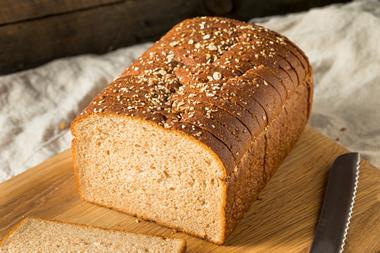

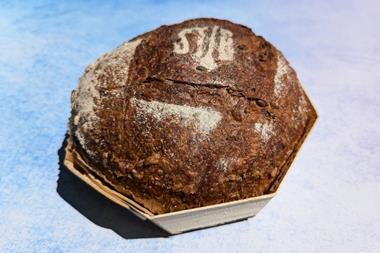


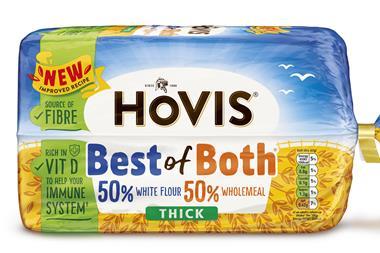
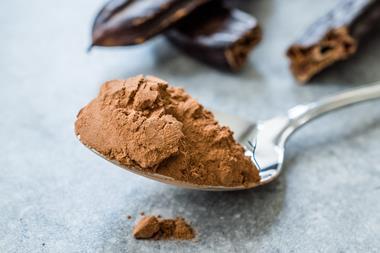
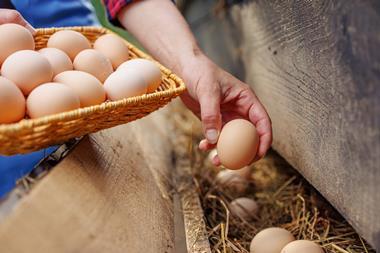


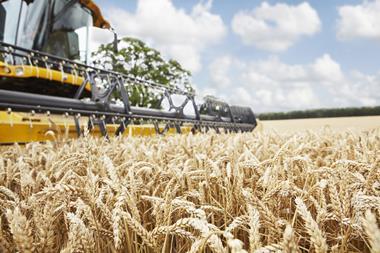
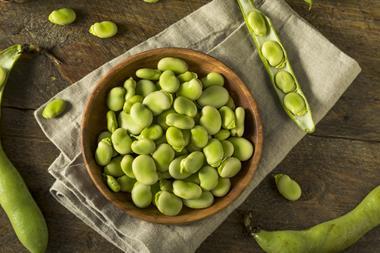

No comments yet